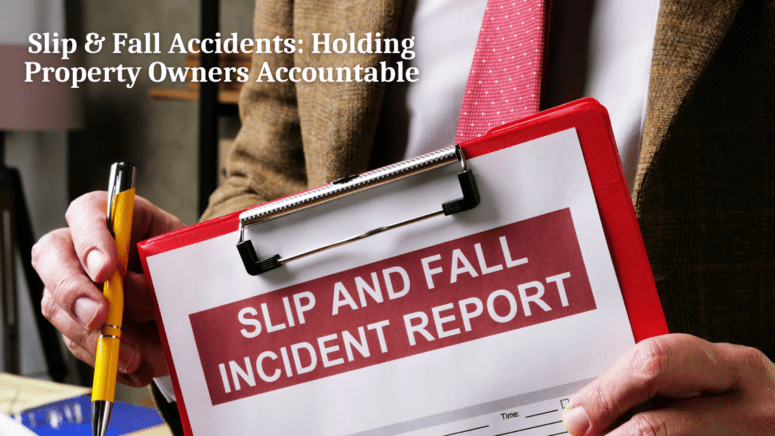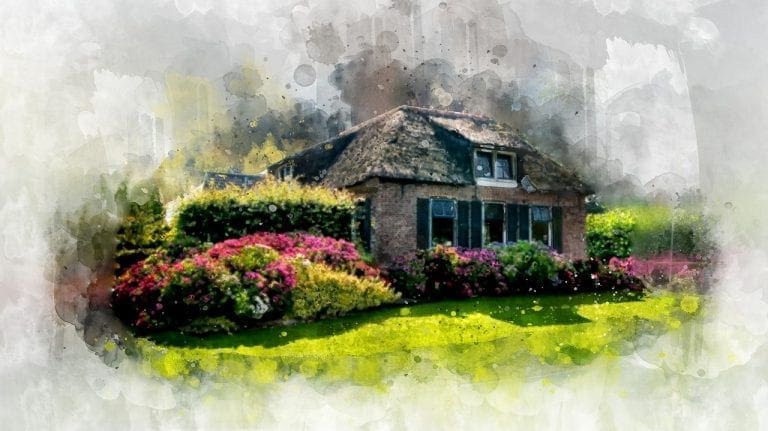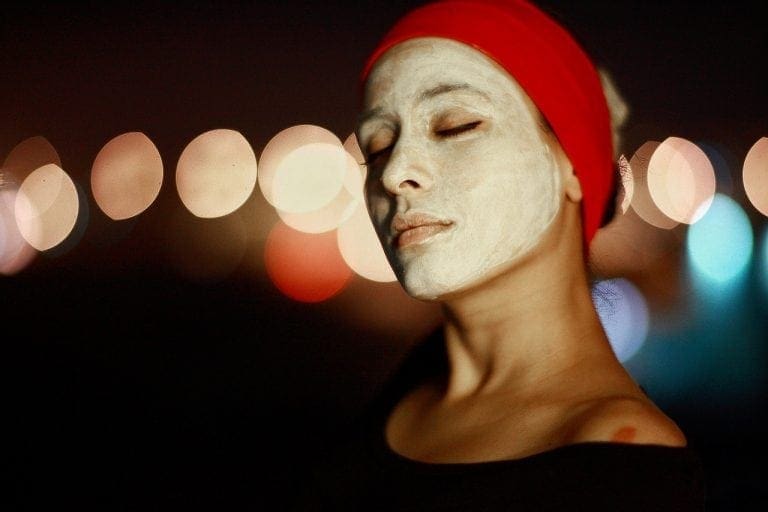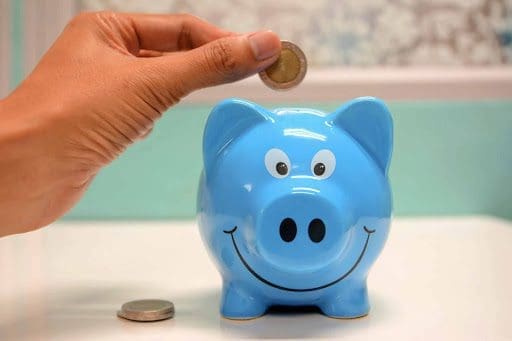Slip & Fall Accidents: Holding Property Owners Accountable

Slip and fall accidents are a common yet frequently overlooked concern, yet they can result in devastating consequences. From a wet floor in a grocery store to a cracked sidewalk outside an office building, these seemingly minor hazards can result in severe injuries and even fatalities.
In this comprehensive guide, we’ll explore the legal framework surrounding slip and fall accidents, examine property owners’ responsibilities, and provide valuable insights for those seeking to hold negligent parties accountable.
The Legal Framework for Slip & Fall Accidents
The legal concept governing slip and fall accidents is known as premises liability law, which determines who is responsible for the incident. This body of law establishes criteria for determining when a property owner can be held responsible for injuries sustained on their premises. At its core, premises liability hinges on the concept of negligence and the failure to exercise reasonable care.
To establish liability in a slip-and-fall case, the following criteria must typically be met:
- The property owner owed the injured party a duty of care.
- The property owner breached this duty by failing to maintain a safe environment.
- This breach directly caused the slip-and-fall accident.
- The injured party suffered quantifiable damages as a result.
In cases where slip and fall accidents occur, victims may seek recourse through avenues such as personal injury protection or by pursuing a personal injury lawsuit against negligent property owners. Whether the incident happens locally or while on vacation in Myrtle Beach, victims can benefit from seeking legal representation from an experienced attorney specializing in such cases.
In addition to slip and fall accidents, drunk driving accident lawyer Myrtle Beach offers guidance and support throughout the legal process. By holding property owners accountable and seeking legal remedies, victims can obtain compensation for their injuries, medical expenses, and other damages incurred as a result of the accident.
Understanding the Duty of Care
The duty of care is a fundamental concept in premises personal injury law, referring to the legal obligation that property owners have to maintain a reasonably safe environment for visitors on their premises. It refers to the legal obligation that property owners have to maintain a reasonably safe environment for visitors on their premises. The extent of this duty, however, can vary depending on the visitor’s status. Generally, there are three categories of visitors:
- Invitees: These are individuals who have been explicitly or implicitly invited onto the property such as customers at a business or guests at a private residence. Property owners owe the highest duty of care to invitees which includes inspecting for and addressing potential hazards.
- Licensees: These are individuals who are present on the property for their own purposes such as door-to-door salespeople or social guests. Property owners must warn licensees of known hazards but are not necessarily required to inspect for potential dangers.
- Trespassers: These are individuals who enter the property without permission or invitation. Property owners typically owe the lowest duty of care to trespassers which is to refrain from willful or wanton conduct that could cause harm.
Understanding the differences between these categories is crucial because it can significantly impact the outcome of a slip-and-fall case.
Common Hazards and Preventive Measures
Slip and fall hazards can take many forms, from wet floors and uneven surfaces to poor lighting and cluttered walkways. Some of the most common hazards include:
- Spills or leaks that create slippery conditions
- Loose or torn carpeting
- Cracked or uneven pavement
- Inadequate lighting in stairwells or hallways
- Debris or obstacles obstructing walkways
According to the NSC’s Injury Facts, falls are a leading cause of unintentional injuries and deaths across all age groups. In 2019 alone, falls resulted in over 39,000 fatalities and 8.7 million non-fatal injuries requiring medical attention in the United States.
The initiative provides valuable resources and guidance for individuals, employers, and property owners to implement effective fall prevention strategies. Some of the key recommendations include:
- Regularly inspecting the premises for potential hazards
- Promptly addressing any identified hazards or defects
- Implementing proper signage and warning systems
- Ensuring adequate lighting and visibility in all areas
- Providing appropriate training to staff on hazard identification and response
Failure to take reasonable steps to prevent or address known hazards can constitute negligence, leaving property owners vulnerable to legal liability.
Steps to Take After a Slip & Fall Accident
If you’ve been involved in a slip and fall accident, taking immediate action to protect your rights and document the incident is crucial. Here are the recommended steps:
- Seek Medical Attention: Your health should be the top priority. Even if your injuries seem minor, it’s essential to get a professional medical evaluation to rule out any underlying issues and create a record of the incident.
- Report the Accident: Notify the property owner or manager about the accident as soon as possible. Request an incident report and ensure that the details are accurately documented.
- Document the Scene: If possible, take photographs or videos of the hazardous condition that caused your fall. This evidence can be invaluable in establishing liability.
- Gather Witness Information: Obtain contact details from anyone who witnessed the accident, as their testimony may be valuable in supporting your case.
- Seek Legal Counsel: Consult with an experienced personal injury lawyer who can advise you on your legal options and guide you through the process of pursuing injury claims.
By taking these steps promptly, you increase your chances of building a strong case and holding the responsible parties accountable.
Navigating the Legal Process
If you decide to pursue legal action after a slip and fall accident, it’s essential to understand the process and what to expect. Here’s a brief overview:
- During the initial consultation with an attorney, be prepared to provide details about the accident, your injuries, and any documentation or evidence you’ve gathered.
- Your attorney will initiate the discovery process, which involves gathering additional evidence, obtaining medical records, and potentially deposing witnesses.
- Many slip-and-fall cases are resolved through negotiations and settlements with the property owner’s insurance company. Your attorney will advocate for a fair compensation amount based on your damages and the strength of your case.
- If a settlement cannot be reached, your case may proceed to trial. Your attorney will present evidence and arguments to a judge or jury, who will ultimately determine liability and potential compensation.
Throughout this process, it’s crucial to have an experienced attorney by your side to navigate the complexities of the legal system and ensure that your rights are protected.
The Impact of Comparative Negligence on Slip & Fall Claims
In some cases, the injured party may bear partial responsibility for the slip and fall accident. This is known as comparative negligence, and it can significantly impact the compensation awarded in a successful claim.
Under the doctrine of comparative negligence, the amount of compensation is reduced proportionally to the degree of the plaintiff’s fault. For example, if a court determines that the plaintiff was 20% responsible for the accident, any awarded damages would be reduced by 20%.
It’s essential to understand that comparative negligence laws vary from state to state, with some following a pure comparative negligence approach, while others adhere to a modified version with fault thresholds.
Experienced attorneys can help mitigate the impact of comparative negligence by building a strong case and presenting compelling evidence to minimize the plaintiff’s perceived fault.
Real-World Examples of Slip & Fall Litigation
To better understand the nuances of slip-and-fall litigation, let’s examine some real-world examples:
- Supermarket Slip and Fall: In a high-profile case, a customer at a national supermarket chain slipped on a puddle of water in the produce section, sustaining a severe back injury. The court ruled in favor of the customer, citing the store’s failure to address the hazardous condition promptly and adequately warn customers.
- Hotel Slip and Fall: A guest at a luxury hotel slipped and fell on a wet floor near the pool area, suffering a broken arm. The hotel was found liable for not having proper signage or mats to indicate the slippery surface, and the guest was awarded substantial damages for medical expenses and pain and suffering.
- Workplace Slip and Fall: An employee at a manufacturing plant slipped on a greasy floor, sustaining a concussion and multiple fractures. The court determined that the employer had failed to implement appropriate safety protocols and neglected to address known hazards, resulting in a sizable settlement for the injured employee.
These examples illustrate the importance of maintaining a safe environment and the potential consequences of neglecting hazardous conditions.
Conclusion
Slip and fall accidents are not just inconveniences – they can have lasting physical, emotional, and financial consequences. With over 9 million adults and children visiting the emergency room for fall-related injuries annually, understanding your legal rights and the responsibilities of property.
Frequently Asked Questions
1. What is the statute of limitations for slip & fall lawsuits?
The statute of limitations for slip and fall lawsuits varies from state to state, typically ranging from one to six years. It’s crucial to consult with an attorney promptly to ensure your claim is filed within the applicable time frame.
2. Can I still receive compensation if I was partially at fault for the accident?
Yes, under comparative negligence laws, you may still be eligible for compensation even if you were partially at fault. However, your awarded damages will be reduced proportionally to your degree of fault.
3. What type of damages can I recover in a slip & fall lawsuit?
In a personal injury lawsuit, you may be entitled to compensatory damages, which can include medical expenses, lost wages, and pain and suffering. In cases of extreme negligence, punitive damages may also be awarded to punish the responsible party.









